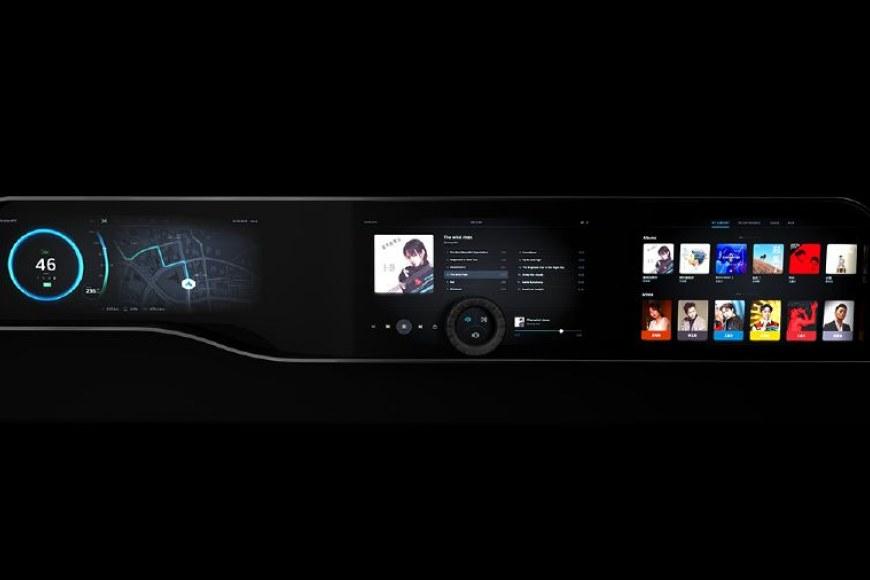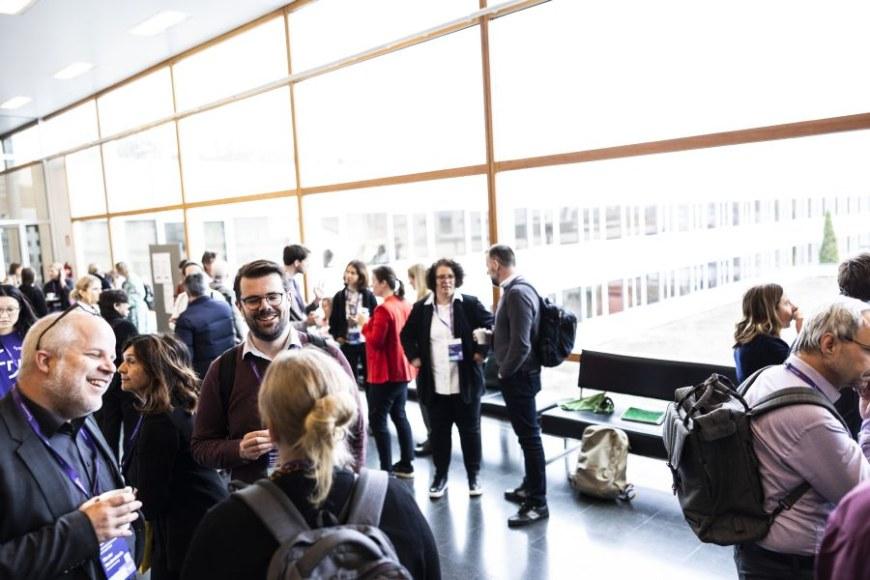Tampere University starts research collaboration with companies creating user interfaces of future cars

For the driver, however, the new systems unfortunately mean more things to learn and control. Especially in exceptional circumstances – such as near misses, traffic jams and unfavourable weather conditions – it is important that people receive exactly the information they need without getting information overload. At worst, too many driving aids interfere with the driver’s most important task, which is driving the car safely.
“Human perception is limited, which is why cars should be designed so that the driver gets the necessary information in the right way in every situation,” says Professor Roope Raisamo from Tampere University who is the director of the research consortium.
In the consortium, Tampere Unit for Computer-Human Interaction TAUCHI, led by Professor Raisamo, studies and develops ways by which drivers are able to control the functions of vehicles more naturally. Another key area of research is the presentation of information through different human senses.
“If the vehicle understands the driver's goals, it can make driving more efficient. The way information is presented can be based on the driving situation and the driver’s own preferences,” Raisamo says.
For example, a car can use the direction of the driver’s gaze to deduce what the driver’s voice command requests it to do. On the other hand, the use of controlling devices can be made more efficient eg by tactile feedback that allows the driver to use the auxiliary functions of a car without looking at the dashboard. In such cases, the settings and adjustments of the car occupy less of the driver’s attention.
Several companies engaged in the value chain of the automotive industry participate in the Multimodal In-Vehicle Interaction and Intelligent Information Presentation (MIVI) project. The companies include: Rightware, Siili Solutions, Canatu, Nokia Technologies, Modulight, Visidon, TactoTek, Nokian Tyres, Vaisala, Pilkington Automotive Finland, and BHTC Finland.
“Automakers are starting to introduce multimodal technology in their cars. As a leading producer of automotive UI solutions, Rightware welcomes original research that strengthens our understanding of underlying technologies and how best to benefit from them in automotive UI designs. Research and industrial collaboration within the MIVI project enables relevant research on commercially viable multimodal interactions,” says Chief Operating Officer Tero Koivu from Rightware.
“In the MIVI project, Siili Solutions focuses on the responsible collection, enrichment, and utilisation of data on drivers, vehicles, driving, traffic conditions, and other relevant data in order to personalise the user experience of vehicles. On the one hand, more responsible and intelligent data provides the driver with the right and necessary information to make quick decisions while driving. On the other, using data paves the way for new data-based revenue models, such as consumer services related to cars or user experiences that facilitate everyday life,” says Väinö Leskinen, Senior Vice President of Siili Solutions.
“The new video and audio solutions combined with 5G technology will significantly improve road safety and the flow of traffic and thus enhance the pleasure of driving,” says Ville-Veikko Mattila, Director, Head of Research at Nokia Technologies.
For example, cars will get better at analysing traffic, and the use of devices can be made intuitive.
The MIVI project is developing solutions especially for human-driven vehicles. These solutions will get increasingly important as the role of humans in autonomous cars becomes more and more that of a passive observer rather than an active driver. The project also explores controlling semi-autonomous vehicles.
MIVI is a two-year project whose €8.5 million budget is funded by Business Finland, the participating companies, and Tampere University. The project is coordinated by Tampere University. The international partners from the United States – University of California (Santa Barbara), Purdue University and Bentley University – are engaged in direct collaboration, which is supported by long-term research exchanges to the USA and Finland.
Inquiries:
Professor Roope Raisamo, Tampere University, tel. +358 50 570 2007, roope.raisamo [at] tuni.fi
Chief Operating Officer Tero Koivu, Rightware, tero.koivu [at] rightware.com
Senior Vice President Timo Posio, Siili Solutions, +358 50 584 4229, timo.posio [at] siili.com
Director, Head of Research Ville-Veikko Mattila, Nokia Technologies, tel. +358 50 483 5443,
ville-veikko.mattila [at] nokia.com
MEDIA RELEASE BY TAMPERE UNIVERSITY 29 October 2019
Photograph: Siili Automotive





